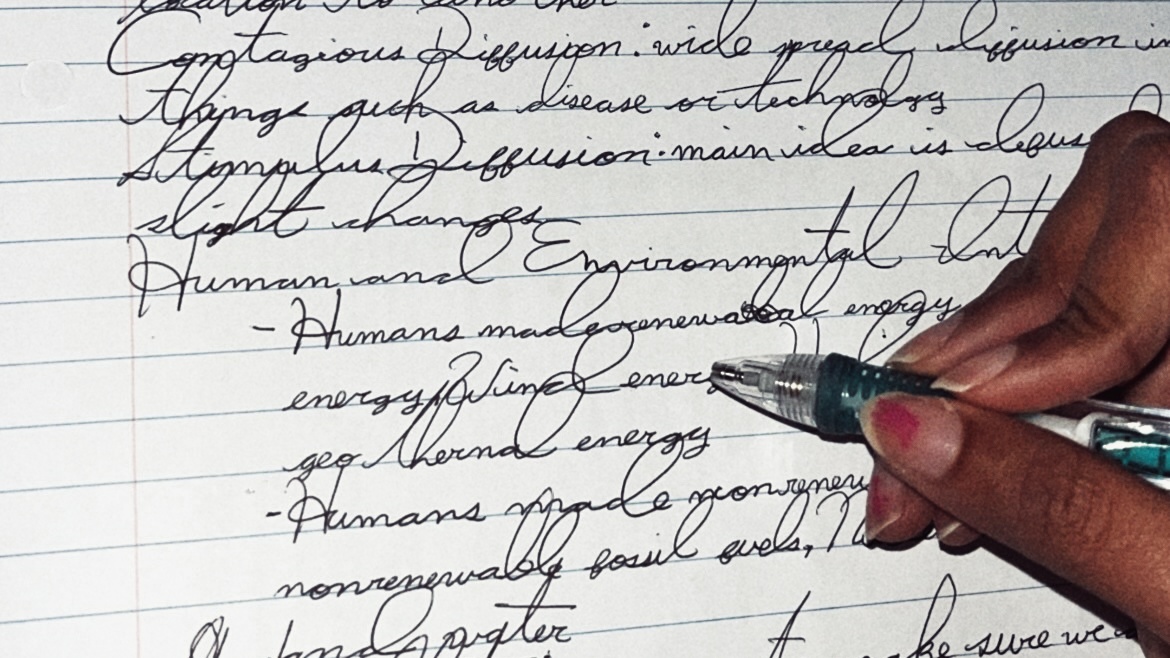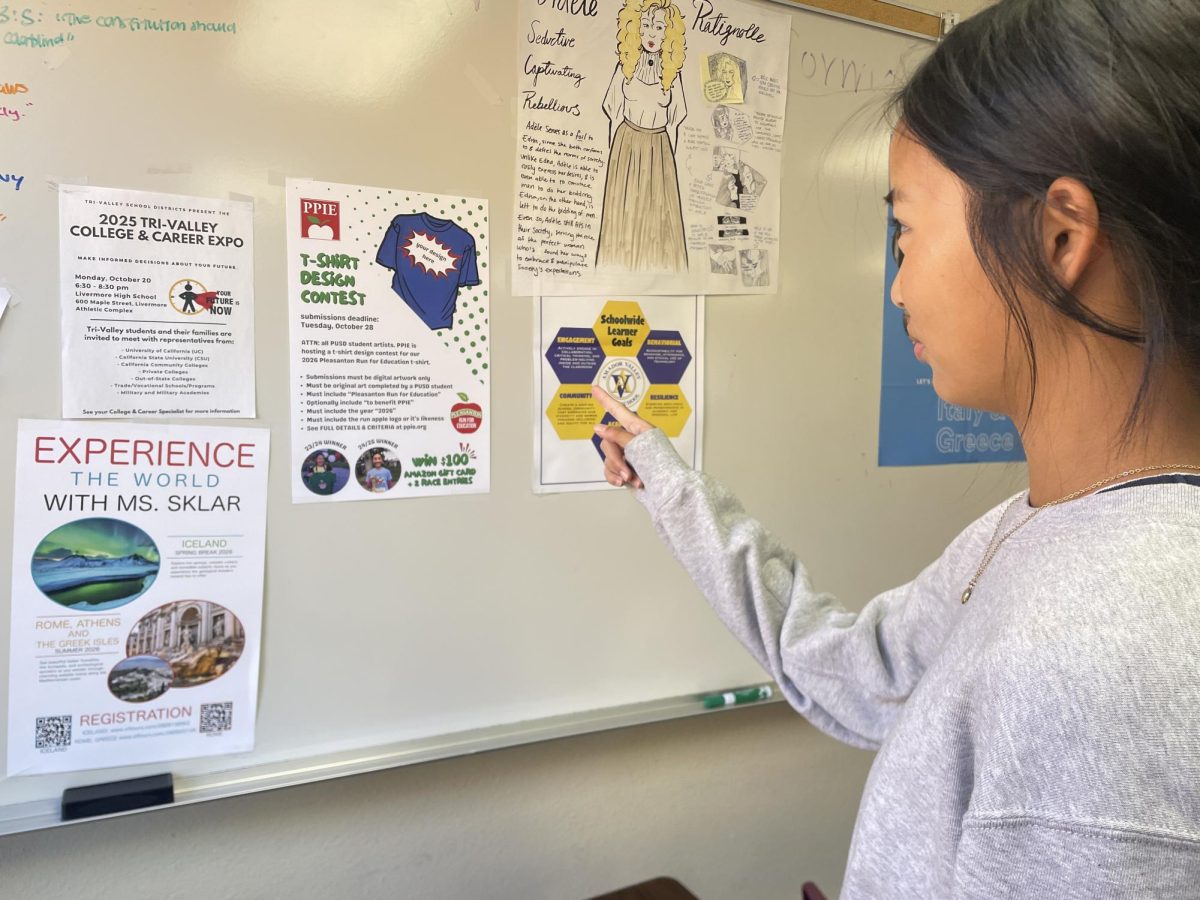Starting in January of this year, cursive will be a mandatory part of English education in Californian elementary schools. Governor Gavin Newsom signed AB 446 in October of last year, making it the 22nd state to require cursive education.
The shift away from cursive mainly began when many schools nationwide adopted the Common Core standard. Along with a shift towards online learning and typing, many students lost their ability to write in cursive and even write properly.
Cursive education at an elementary level
“During online learning, our youngest learners learned how to print online. And many formed poor writing habits that would have been noticed and corrected if they were in person and practicing with the observation of a teacher. Now as those same children are entering 3rd grade, trying to change their writing habits once it is cemented in their brains is next to impossible,” said Walnut Grove teacher Cindy Evans.
The goal of the law is to help kids be able to develop writing skills that kids can use in the future. To accomplish this, education must begin at the basic elementary level.
“Many studies have been done on the benefits of learning cursive writing, beyond being able to read it in historical documents or in correspondence with people that use cursive,” said Evans.
Although it is not the intended goal, many believe that cursive as a fine motor skill is important to have and even stimulates a part of the brain that typing does not. Cursive can also be helpful for young kids learning how to read and process information.
“For many children, it is a benefit because it involves cross-body motion that crosses the midline and engages the right and left hemispheres of the brain,” said Evans. “Cursive is more beneficial in the older grades because students have a solid understanding on how to print. [They] have the manual dexterity to form the letters that is not necessarily present in younger students.”
Use of cursive in high school
In high school, as students analyze historical documents in English or history classes, knowing cursive can give can advantage.
“Cursive is a part of the English language and culture. If we learn things like figurative language then we should learn cursive as well. It is an important part of our history and how English evolved” said Ameya Tubati (‘25).
Cursive has the additional benefit of aiding students in better retention
“I write in cursive during school pretty often. Cursive has been proven to help take in what I write and memorize,” said Mukhil Thavathiru (‘24).
Some students are also beginning to use their cursive skills to help them in school.
“I began writing in cursive for my history class DBQs because it helped me write a lot faster. And it has actually helped me in my classes [since] a lot of old legal documents that we examine in US history are written in cursive,” said Tubati.
Teachers that use cursive at Amador
On the other hand, teachers see the benefits of cursive since it allows them to quickly write and instruct students.
“I was surprised it was not being taught in school anymore. It’s a fine motor skill that is good to develop, especially now that we do a lot more typing. It’s a good use of your hands I find it kind of artistic. It is just a good life skill to have” said Honors Pre-Calc and Multivariable teacher Gauri Reyes.
Reyes uses cursive in all of her class notes and also expects her students to be able to read it.
“I learned cursive when I was in elementary school and I developed my own style slowly. Sometimes, especially when you do math problems, it’s easier to write it out by hand,” said Reyes.









Shimon Arai • Feb 29, 2024 at 3:00 pm
Great job on this reporting, Alyssa.
The amount of interviews you got for this article is impressive. Keep up the good work.